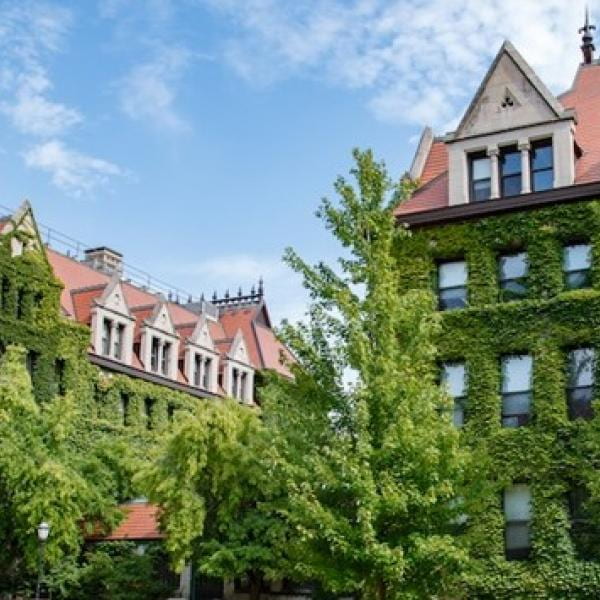Andrew Halladay successfully defended his dissertation “A Distant Throne: The British Sovereign in the Mirror of Indian Nationalism, 1919–36” on January 13, 2023 for a doctoral dual degree in History and SALC.
Abstract: Despite the substantial attention historians of South Asia have afforded to kingship, only a few studies have considered the significance of the last dynasty to include the subcontinent within its dominions: the British monarchs who ruled from 1876 until the establishment of the Republic of India in 1950 and the Islamic Republic of Pakistan in 1956. Fewer still have examined the role of the British monarchs after Victoria (r. 1876–1901), figures whom most scholars have regarded as mere symbols of colonial rule and thereby devoid of political authority. While not entirely incorrect, such analysis is incomplete, since the power of these later monarchs was not so much lost as it was reclaimed by an Indian public for whom British royals served as readymade and readily familiar symbols through which to pursue various sociopolitcal ends. This study scrutinizes this tendency during the reigns of George V (r. 1910–36) and his son and immediate successor, Edward VIII (r. 1936). Employing a diverse set of media that includes films, monuments, newspapers, diaries, and government and business documents, it demonstrates how everyday Indians consistently and creatively appropriated the British sovereign to define their place in the nascent nation and the broader world.
Part One of this study, “Empire,” examines the postwar victory tour of Edward, Prince of Wales (the future Edward VIII), to India in 1921–22. Though the impetus for the tour lay with the government, its political significance was dictated by local actors. Shifting between Bombay, where millhands rebuffed the prince for his connections to the city’s mill owners, and neighboring Poona, where some of these same workers applauded his commemoration of a seventeenth-century Indian warrior-king, “Empire” shows how Edward constituted a site upon which Indians could contest such varied issues as labor reform and historical memory. Part Two, “Nation,” investigates how royal events in the final part of George’s reign again encouraged Indians to consider the significance of British royalty, but now with the prospect of independence (in at least some form) increasingly assured. Once more using the monarch’s prominence to their advantage, Indian political actors capitalized on the government’s investment in film during George’s Silver Jubilee in 1935 to fortify their position within global entertainment networks and, the following year, utilized the state-sanctioned mourning of George’s death to reflect on the end of the empire and the maturation of the nation. Far from politically marginal, therefore, the British monarch in interwar India was an object of considerable power, though no longer one exclusive to the sovereign or his government. That power had instead become democratized among the king’s nominal subjects, equipping them with a resonant means by which to evaluate, and ultimately to navigate, the most pressing social and political challenges of the day.
Congratulations to Andrew on this tremendous accomplishment!
